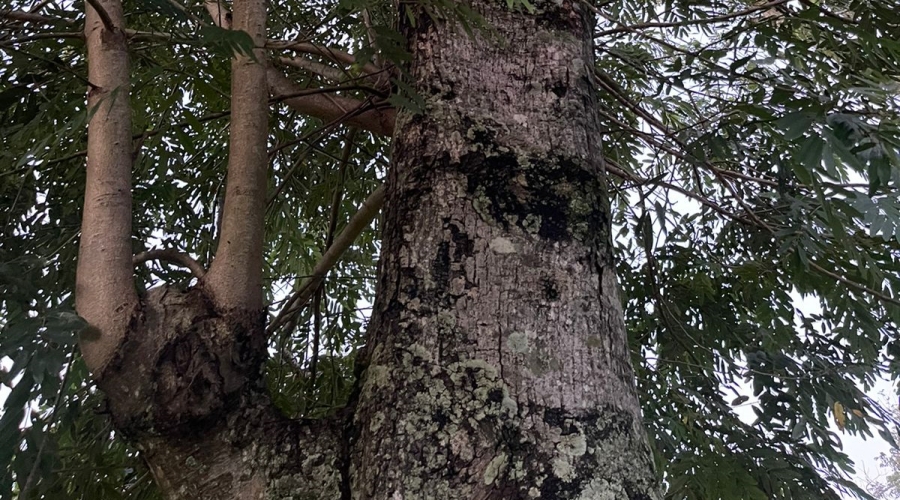
At least 15 African countries have a forest cover of more than 50 percent. Out of these, the forest cover of five African countries exceeds 70 percent!
How valuable is a tree?
A large tree can supply up to four people with oxygen for a day. As such, trees essentially breathe life into us. They keep us alive. We should never forget this.
Trees also provide us with the timber that is used extensively in making furniture and in the construction sector. According to the Forestry and Logging Global Market Report 2023, the global forestry and logging market is worth USD1 Trillion! So lucrative is this sector that as per data from Interpol, the illegal timber industry is worth a staggering USD 152 billion per year.
These stratospheric figures have pushed many to perceive trees merely as agents of timber dollars. But as we have already established, trees breathe life into humans by providing oxygen. You cannot put a price tag on that ecosystem service.
At least 15 African countries have a forest cover of more than 50 percent. Out of these, the forest cover of five African countries exceeds 70 percent! These five are: Equatorial Guinea, Gabon, Guinea Bissau, Liberia and Seychelles. Yet all these countries rank in the lower half of Africa’s economies. Their immense forest cover hasn’t translated into national wealth, which is a mark of the peripheral role of the green economy that forests are an integral part of.
Every fully grown tree matters. Not only does it provide oxygen, it also absorbs approximately 25 kilos of carbon dioxide from the atmosphere per year, in the process mitigating climate change. As such, the argument for cutting trees because we will plant other trees anyway, doesn’t really hold water. It takes at least fifteen years for a tree to grow to maturity.
Apart from their priceless ecosystem value, trees also have immense economic value. The notion that a tree’s sole economic value is in its timber is misplaced. Non-timber forest products are a billion dollar industry.
The Kenya Forestry Research Institute reports that globally, non-timber forests products are worth $115.5 – $117 billion annually. Unlike timber, whose value ends after a tree is cut down and sold, non-timber products are self-replenishing! In other words, that USD117 billion isn’t a one-off revenue but a consistent revenue.
Honey, which is a non-timber forest product, can generate millions. Globally, the honey market was worth USD 8.53 billion in 2022. If African countries leverage forests and scale up their honey production drastically, they will earn substantially more money from honey than timber in the long run.
Other lucrative non-timber forest products include mushrooms and medicinal herbs. Forest adjacent communities can earn even more money from non-timber forest products than from timber. Such products are actually better tailored for smaller producers.
Evidently, we must do everything possible to keep our forests intact; to increase our forest cover instead of decreasing it.
عنوان البريد الإلكتروني هذا محمي من روبوتات السبام. يجب عليك تفعيل الجافاسكربت لرؤيته.

 Ar
Ar  Fr
Fr  En
En